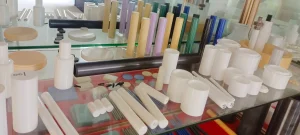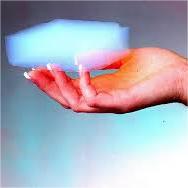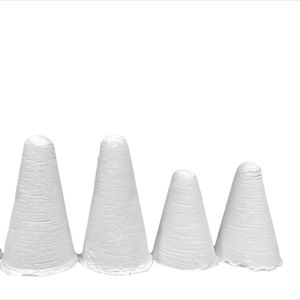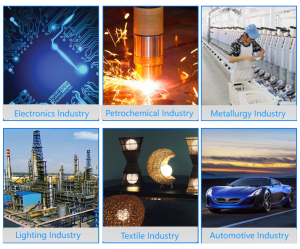Professional industry ceramic supplier, silicon nitride, silicon carbide, aluminum nitride and any other kinds of ceramics.
1. Introduction
In the past 48 hours, global demand for high-performance refractory materials has surged due to expanded semiconductor manufacturing and clean energy initiatives, with silicon carbide crucibles emerging as a critical component in high-temperature processing. As industries push toward greater thermal efficiency and material purity, the role of advanced ceramics—particularly silicon carbide—has become indispensable.
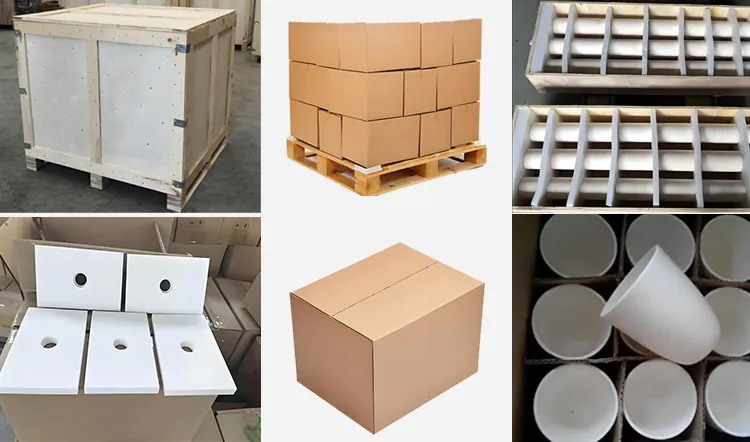
Silicon carbide crucibles are specialized containers engineered to withstand extreme temperatures, thermal shock, and corrosive environments. Made from silicon carbide (SiC), a compound renowned for its hardness, thermal conductivity, and chemical inertness, these crucibles are vital in foundries, laboratories, and advanced material synthesis. This article explores their composition, applications, advantages, and how they compare to other advanced ceramics like silicon nitride and zirconia.
2. What Is a Silicon Carbide Crucible?
A silicon carbide crucible is a high-temperature vessel fabricated primarily from silicon carbide ceramic. Unlike traditional clay-graphite crucibles, SiC crucibles offer superior resistance to oxidation, thermal cycling, and molten metal corrosion. They are commonly used for melting non-ferrous metals such as aluminum, copper, and zinc, as well as in analytical chemistry and crystal growth processes.
The manufacturing process typically involves sintering or reaction-bonding silicon carbide powder into dense, robust structures. Reaction-bonded silicon carbide (RBSiC) variants, such as RBSiC silicon carbide tile blocks, enhance mechanical strength and dimensional stability, making them suitable for demanding industrial environments.
3. Key Properties and Advantages
Silicon carbide crucibles excel due to several intrinsic properties:
- Exceptional thermal conductivity, enabling rapid and uniform heating
- High resistance to thermal shock (withstanding rapid temperature changes without cracking)
- Excellent chemical inertness against acids, alkalis, and molten metals
- Mechanical strength at elevated temperatures (up to 1600°C or higher)
- Long service life compared to alumina (Al2O3) or zirconia crucibles in certain applications

These attributes make silicon carbide crucibles preferable in scenarios where purity, efficiency, and durability are paramount—such as in the production of high-purity alloys or semiconductor-grade materials.
4. Applications Across Industries
Beyond metallurgy, silicon carbide crucibles serve diverse sectors:
In laboratories, they are used for sample fusion, ashing, and high-temperature reactions where contamination must be minimized. In contrast, zirconia crucibles may be chosen for ultra-high-purity applications but often at higher cost and lower thermal conductivity.
Industrial furnaces utilize silicon carbide components like silicon carbide ceramic columns, silicon carbide bricks, and silicon carbide burner nozzles alongside crucibles to create integrated high-temperature systems. Similarly, silicon carbide tubes—including thermocouple protection tubes and porous ceramic tubes—are employed in furnace linings and gas filtration.
Interestingly, the versatility of silicon carbide extends to consumer goods. Products such as silicon carbide ceramic baking dishes, silicon carbide ceramic dinner plates, and even silicon carbide ceramic butter dishes leverage the material’s heat retention and non-reactive surface for premium cookware and tableware.
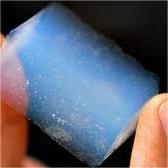
5. Comparison with Other Advanced Ceramics
When evaluating materials, engineers often consider boron carbide vs silicon carbide. While boron carbide (B4C) is harder and used in armor applications, it is more expensive and less thermally conductive than SiC, making it less ideal for crucibles.
Silicon nitride (Si3N4), another advanced ceramic, offers excellent fracture toughness and is used in components like silicon nitride rings, custom silicon nitride heat shields, and silicon nitride crucibles produced by specialized factories. However, silicon nitride generally has lower thermal conductivity than silicon carbide, limiting its use in applications requiring rapid heat transfer.
Alumina (Al2O3) and zirconia (ZrO2) crucibles remain common but lack the thermal shock resistance and conductivity of SiC. Thus, silicon carbide crucibles strike a balance between performance, cost, and longevity in many industrial contexts.
6. Related Silicon Carbide Ceramic Products
The utility of silicon carbide spans beyond crucibles. The market includes:
- Silicon carbide ceramic tiles for wear-resistant flooring and linings
- Silicon carbide discs and grinding discs for precision machining
- Silicon carbide ceramic piping and tubes for corrosive fluid handling
- Decorative and functional items like silicon carbide white ceramic plates, black plates, ramekins, and casserole dishes with lids
Even niche items such as silicon carbide ceramic plates for painting or Christmas-themed ceramic platters demonstrate the material’s adaptability in both technical and aesthetic domains.
7. Conclusion
Silicon carbide crucibles represent a cornerstone of modern high-temperature technology, offering unmatched performance in harsh environments. Their integration into metallurgy, laboratory science, and even culinary arts underscores the breadth of silicon carbide’s applicability. As industries continue to demand materials that combine durability, purity, and efficiency, silicon carbide—and its family of advanced ceramic products—will remain at the forefront of innovation in refractory and structural ceramics.
Our Website founded on October 17, 2012, is a high-tech enterprise committed to the research and development, production, processing, sales and technical services of ceramic relative materials such as What. Our products includes but not limited to Boron Carbide Ceramic Products, Boron Nitride Ceramic Products, Silicon Carbide Ceramic Products, Silicon Nitride Ceramic Products, Zirconium Dioxide Ceramic Products, etc. If you are interested, please feel free to contact us.

